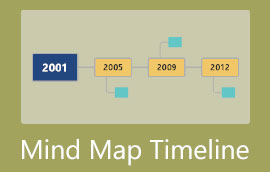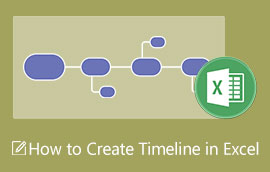Una interpretació completa de la línia de temps de la Terra
La història de la Terra és un viatge fascinant en el temps, que abasta milers de milions d'anys i ple de transformacions dramàtiques. Des dels inicis ardents del nostre planeta fins al món exuberant i divers que coneixem avui, Línia temporal de la Terra és un testimoni del poder de les forces naturals i de la resistència de la vida. Imagineu-vos presenciar la formació dels continents, l'ascens i la caiguda de criatures massives i els dramàtics canvis climàtics que han donat forma al nostre món.
Entendre la línia de temps de la Terra proporciona una visió del passat del nostre planeta i ofereix lliçons valuoses per al nostre futur. Com va començar la vida i quins esdeveniments van portar a la increïble diversitat que veiem avui? Què ens pot dir el passat sobre els nostres reptes actuals, com l'escalfament global i la pèrdua de biodiversitat? A mesura que explorem aquestes preguntes, descobrirem les fites clau que han definit la història de la Terra i aconseguirem una apreciació més profunda de la complexa xarxa de vida que continua evolucionant. Uneix-te a nosaltres en aquest captivador viatge en el temps i descobreix les meravelles de la història del nostre planeta.

- Part 1. Què va crear la Terra
- Part 2. Una línia del temps de la Terra
- Part 3. Com dibuixar una línia de temps de la Terra
- Part 4. Per què la Terra és el planeta més adequat per a les criatures
- Part 5. Preguntes freqüents de la cronologia de la història de la Terra
Part 1. Què va crear la Terra
La Terra es va formar fa uns 4.500 milions d'anys a partir de la nebulosa solar. L'origen de la Terra és un núvol gegant giratori de gas i pols que queda de la formació del Sol. A mesura que la gravetat va unir les partícules, van xocar i es van fusionar, formant-se gradualment en cossos més grans coneguts com a planetesimals. Aquests planetesimals es van combinar encara més per formar la Terra primitiva. Durant aquest temps, el jove planeta va patir una intensa activitat volcànica i freqüents col·lisions amb altres cossos celestes, inclòs un impacte massiu que es creu que va provocar la formació de la Lluna.
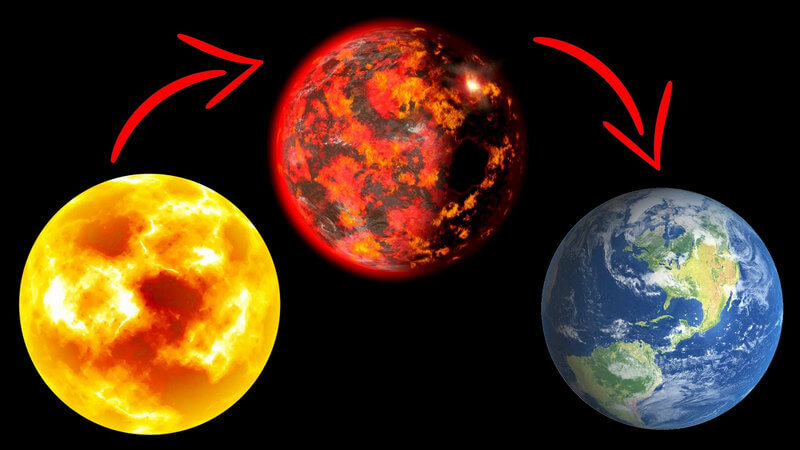
Una escorça sòlida es va formar quan la Terra es va refredar i els gasos volcànics van crear una atmosfera primerenca. El vapor d'aigua es condensa per formar oceans, preparant l'escenari per al desenvolupament de la vida. Durant milions d'anys, el medi ambient de la Terra va evolucionar, donant lloc al planeta divers i dinàmic que coneixem avui. Aquest procés posa de manifest la intricada interacció de les forces còsmiques i els fenòmens naturals que van contribuir a crear la nostra llar a l'univers.
Part 2. Una línia del temps de la Terra
• Fa 4.500 milions d'anys: la Terra es forma a partir de la nebulosa solar.
• Fa 4.400 milions d'anys: formació de la Lluna després d'un impacte massiu.
• Fa 4 mil milions d'anys: l'escorça terrestre es solidifica; les primeres formes d'atmosfera.
• Fa 3.800 milions d'anys: apareixen els primers signes de vida.
• Fa 2.500 milions d'anys: l'oxigen comença a acumular-se a l'atmosfera.
• Fa 1.500 milions d'anys: es desenvolupen les primeres cèl·lules eucariotes.
• Fa 600 milions d'anys: sorgeix la vida pluricel·lular.
• Fa 540 milions d'anys: explosió del Cambrià; diversificació ràpida de la vida.
• Fa 250 milions d'anys: esdeveniment d'extinció del Permià-Triàsic.
• Fa 65 milions d'anys: els dinosaures s'extingeixen; l'auge dels mamífers.
• Fa 2,5 milions d'anys: comencen les edats glacials; els primers humans evolucionen.
• Fa 10.000 anys: final de l'última edat de gel; alba de l'agricultura.
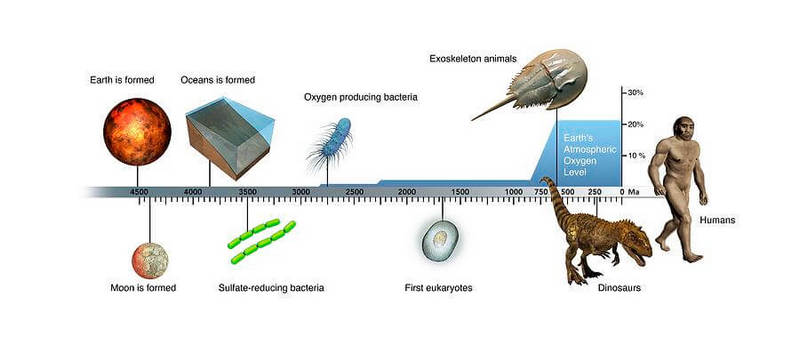
Part 3. Com dibuixar una línia de temps de la Terra
Després d'aprendre la línia del temps de la terra i la seva formació, mirem els mètodes utilitzats per dibuixar-la. Aquí, MindOnMap és una eina adequada per ajudar-nos.
Visualitzar la història del nostre planeta mai ha estat més fàcil que amb l'ajuda d'eines de mapes mentals com MindOnMap. En crear una línia de temps de la Terra mitjançant aquesta potent tècnica de diagramació, podeu portar la gran extensió del temps geològic en un format clar i organitzat.
La bellesa d'utilitzar un mapa mental per a una línia de temps de la Terra rau en la seva capacitat per capturar la naturalesa interconnectada del desenvolupament de la Terra. Des de la formació del planeta fa milers de milions d'anys fins a l'aparició del modern evolució humana, un mapa mental us permet rastrejar l'intricada xarxa d'esdeveniments, processos i fites que han donat forma al nostre món. Estructurant aquesta informació visualment, podeu obtenir una comprensió més profunda i holística de la història i civilització notables del nostre planeta.
Descàrrega segura
Descàrrega segura
Obriu MindOnMap a l'aplicació o al web. Feu clic a "Nou" i després seleccioneu "Mapa mental".
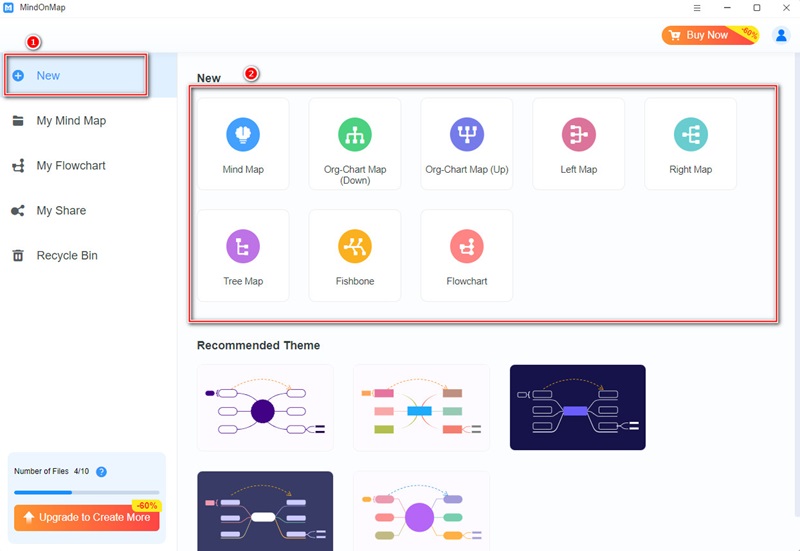
A la part superior, hi podeu triar diverses eines. Primer, feu clic a "Tema" per crear un tema central. Allà podeu omplir la "Línia de temps de la Terra". A continuació, seleccioneu un tema central per afegir subtemes i feu clic a "Subtema". Podeu omplir-hi el temps. Després d'això, hauríeu d'afegir els esdeveniments sota el temps repetint el mètode anterior. A més, les funcions de la dreta us permeten refinar encara més els vostres treballs afegint estils, icones, etc.
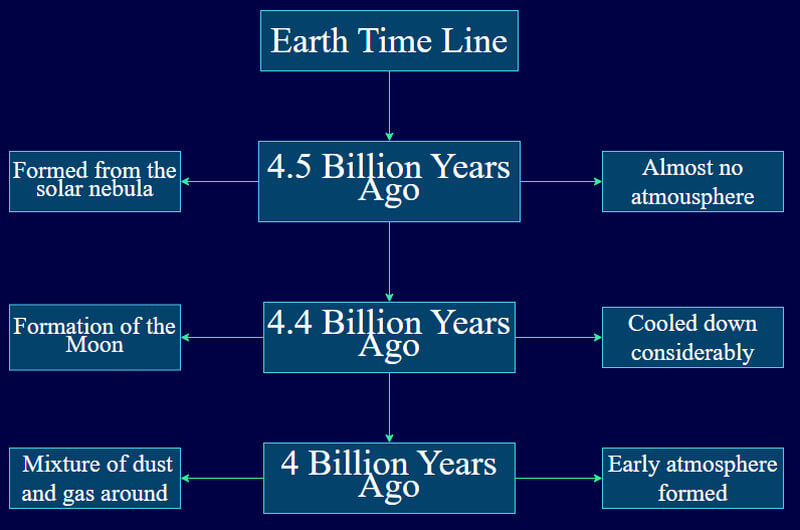
Quan acabeu la línia de temps, feu clic a "Desa" per exportar. A més, podeu compartir-lo amb una altra persona escollint els botons de l'extrem superior dret.
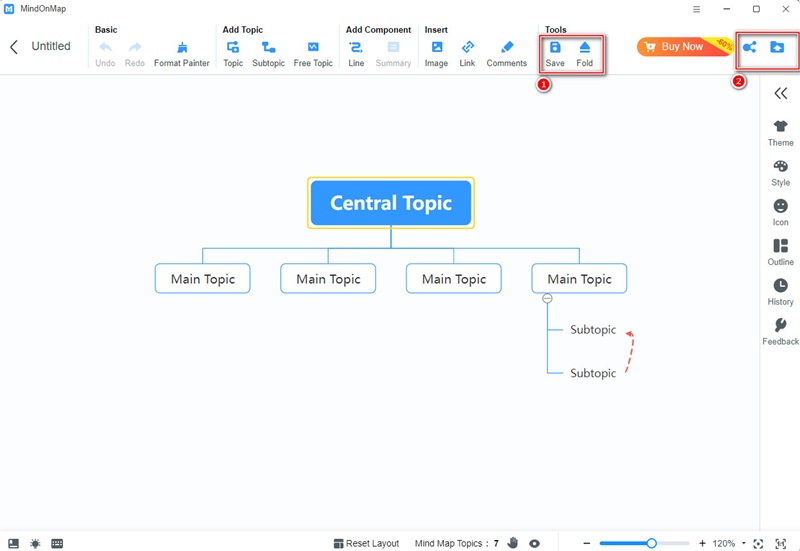
Part 4. Per què la Terra és el planeta més adequat per a les criatures
La Terra és especialment adequada per a la vida a causa d'una combinació de factors absents o insuficients en altres planetes del nostre sistema solar. Un dels factors més crítics és la presència d'aigua líquida. La Terra existeix a la "zona habitable" del Sol, on les temperatures permeten que l'aigua es mantingui fluida, essencial per a totes les formes de vida conegudes. En canvi, planetes com Mart i Venus són massa freds o massa calents, cosa que fa que l'aigua quedi atrapada com a gel o vapor.
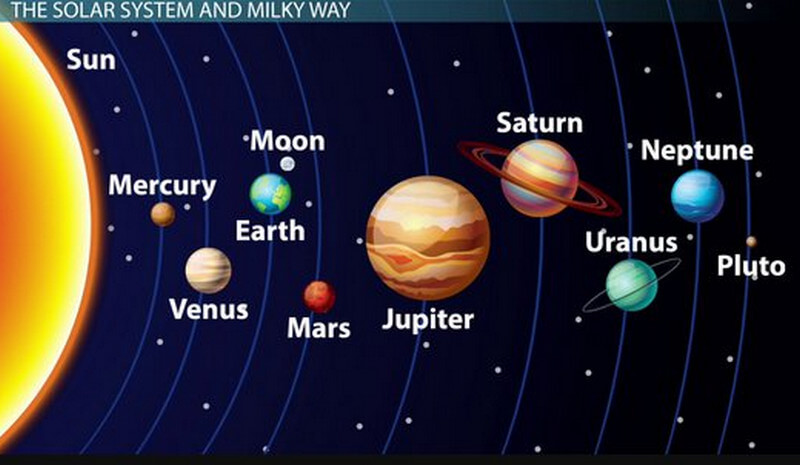
Mentrestant, el camp magnètic de la Terra protegeix el planeta dels vents solars, que podrien eliminar l'atmosfera, com probablement ha passat a Mart. Un clima estable, ecosistemes diversos i una composició química equilibrada contribueixen encara més a la capacitat de la Terra per mantenir la vida. En canvi, els gegants gasosos com Júpiter i Saturn tenen entorns hostils amb pressions aixafadores i gasos tòxics, cosa que els fa inhòspits per a la vida tal com la coneixem.
Part 5. Preguntes freqüents de la cronologia de la història de la Terra
Quins són els sis períodes de la història de la Terra?
Aquests són els sis períodes de la història de la Terra: Cambrià, Ordovicià, Silurià, Devonià, Carbonífer i Pèrmià.
Quins són els set grans esdeveniments de la història de la Terra?
Són la formació d'Erath, l'emergència de la vida, la formació de l'atmosfera, l'explosió del Cambrià, l'aparició dels eucariotes, l'extinció del Permià-Triàsic i l'extinció massiva del Cretaci-Paleogen.
Quant de temps fa que viuen els humans?
Des de l'aparició de l'Homo sapiens modern a l'Àfrica, l'ésser humà ha existit des de fa uns 200.000 anys. Durant aquests anys, la humanitat ha remodelat totalment aquest planeta.
Què més pot fer MindOnMap a part de fer tot tipus de gràfics?
Bona pregunta! MindOnMap no només es concentra en la creació de mapes mentals, sinó que també ofereix eliminació de fons, conversió PDF JPG, etc.; aquestes funcions són 100% gratuïtes.
Conclusió
És la història de Línia temporal de la Terra en la teva ment? Després de llegir aquest article, crec que sabeu alguna cosa sobre la seva història i que és una manera eficient de dibuixar-ne una. Podeu accedir a més dels nostres articles a continuació si teniu més preguntes.









